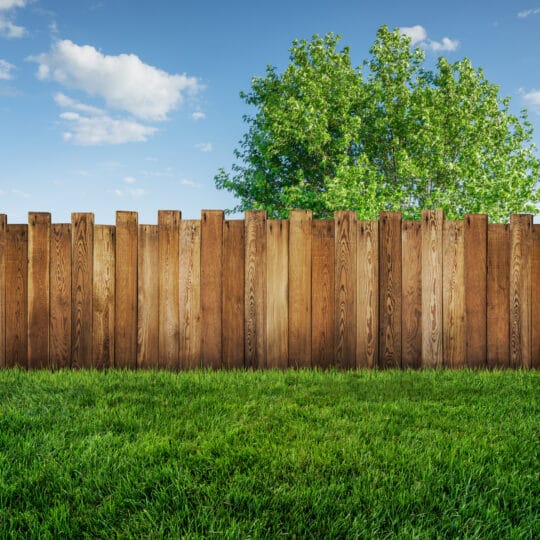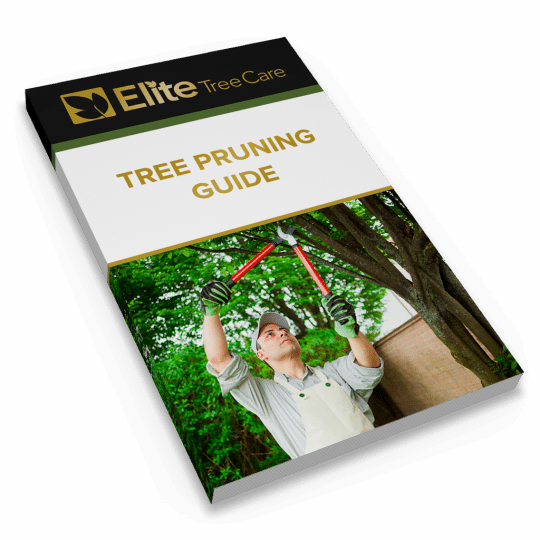How to Determine Tree Pruning Liability
And What to do Next
Posted
August 12, 2021

Getting along with neighbors may come naturally to some, but when nature interferes, it could change the dynamic. If there’s a tree in between property lines, and its branches are dangerously close to damaging anything you own, it’s time to have a neighborly conversation. Know your rights and how to determine tree pruning liability.
Drawing the Line
Property lines are usually a clear-cut thing. When you buy a home, your plot is already surveyed with the township whether they make it clear or not. However, when there’s a tree planted close to the line and contains branches that cross the line, that line may blur. But before you get out the pruners, there are general rules to consider.
- To be certain where the property lines are, check with your state, county, or city authorities to determine what laws may apply to this situation.
- Be careful not to block any scenic views, especially if you live in an area with this particular ordinance.
- Any trees with trunks planted within your property lines are your responsibility.
- If the trunk is in the middle of the line, both you and your neighbor are responsible. Any actions taken need to be discussed between both parties.
If any of these conditions come close to your current situation, it’s time to invite your neighbor over for a chat.
How to Determine Tree Pruning Liability
When it comes to pruning or removing a tree in question, assuming you’ve already determined which tree is yours, you need to be extra careful when it could affect multiple properties. This is why consistent attention is required for these particular trees.
- Regularly inspect and properly maintain your tree to prevent future damage.
- If you suspect any weakness, damage, or disease, get it checked by a professional before it causes any damage.
- If a tree on your property has any known hazards and ends up falling and damaging your neighbor’s property, this would be your responsibility.
- When your neighbor warns you about the tree and asks for something to be done but is ignored, you will be liable for any damage that’s eventually caused.
- When a perfectly healthy tree falls from your neighbor’s yard onto yours, this is now your responsibility. However, insurance will usually cover this incident as long as no one could have predicted this outcome.
Now, what happens when a tree has been determined it’s on your neighbor’s property, but its branches are hanging over the line into your lawn? Technically, these branches are okay to trim. However, if you decide to cut them without discussing it with your neighbor first, and it ends up harming the tree, that’s on you. Hopefully, it wasn’t a rare tree valued at thousands of dollars.
Are these overhanging branches dropping leaves, acorns, twigs, and other debris on your lawn? Don’t ask your neighbor to come clean it up (unless they offer or you offer payment). Debris is not considered damage, although it could still be a pain.
If you still have questions about tree pruning, removal, or neighborly advice, contact Elite Tree Care. If you need to discuss a shared tree, shrub, or cup of sugar, contact your neighbor.

Download Your FREE Tree Pruning Guide
Learn how, when, and how much to trim or prune your trees to maximize their health and beauty. This guide covers the factors that go into tree trimming (pruning) and will help you make a more informed decision about hiring a professional tree service.